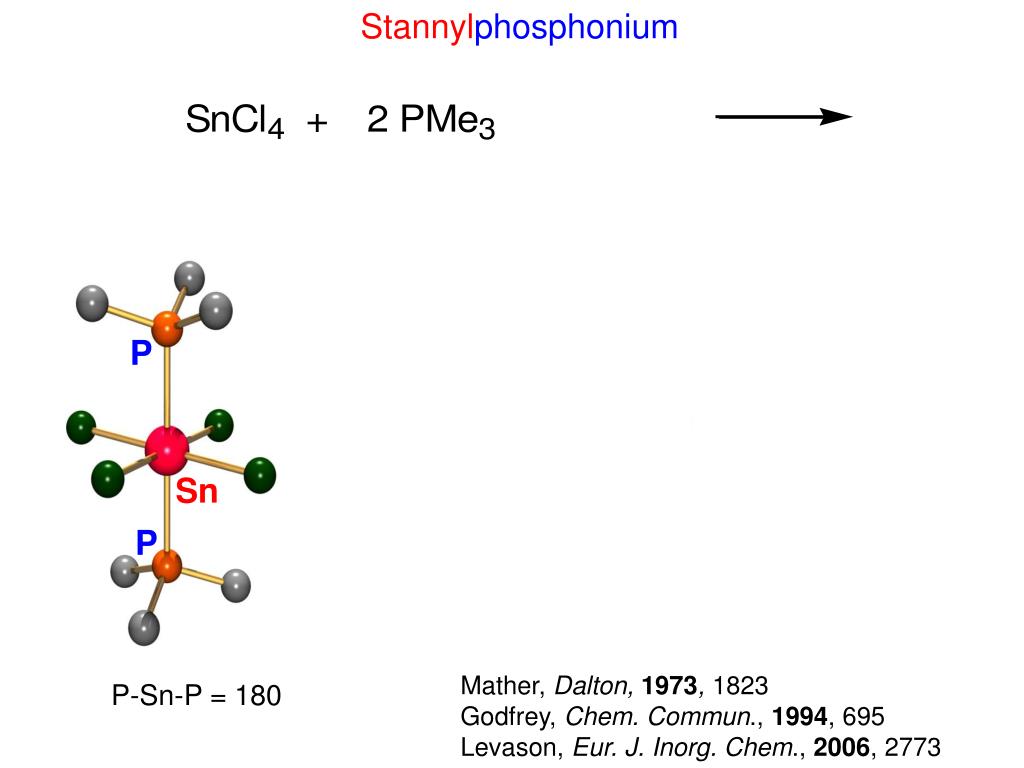
At 3.5 oxygen is a distant second, while chlorine and nitrogen are tied for third place at 3.0. Fluorine, with an electronegativity of 4, is by far the most electronegative element. Another feature worth noting is the very large differences in electronegativities in the top right-hand comer of the table. Between these two extremes we notice that most of the remaining metals (largely transition metals) have electronegativities between 1.4 and 1.9 (light gray), while most of the remaining nonmetals have electronegativities between 2.0 and 2.4 (light red). They are often referred to as the most electropositive elements, and they are the metals which invariably form binary ionic compounds. These elements have been coded in dark gray. By contrast, elements with negativities of 1.3 or less are all metals on the lower left of the table. Periodic Table → Atomic radius decreases → Ionization energy increases → Electronegativity increases →Īs can be seen from this table, elements with electronegativities of 2.5 or more are all nonmetals in the top right-hand comer of the periodic table. The elements with the most metallic character are on the left side of the periodic table (except hydrogen). Metallic character is a periodic table trend.

These properties include metallic luster, formation of cations, high electrical and thermal conductivity, and malleability. In this scale a value of 4.0 is arbitrarily given to the most electronegative element, fluorine, and the other electronegativities are scaled relative to this value. Metallic character is the set of properties associated with metals. The best-known of these scales was devised by the Nobel prize-winning California chemist Linus Pauling (1901 to 1994) and is shown in the periodic table found below. Nevertheless most of these attempts agree in large measure in telling us which elements are more electronegative than others. Various attempts have been made over the years to derive a scale of electronegativities for the elements, none of which is entirely satisfactory. Therefore the dipole moment cannot tell us quantitatively the difference between the electronegativities of two bonded atoms. Also, the polarity of a bond depends on whether the bond is a single, double, or triple bond and on what the other atoms and electron pairs in a molecule are. Dipole-moment measurements tell us about the electrical behavior of all electron pairs in the molecule, not just the bonding pair in which we are interested. Unfortunately there is no direct way of measuring electronegativity. Furthermore the more polar a bond, the larger the difference in electronegativity of the two atoms forming it. The negative side of a polar covalent bond corresponds to the more electronegative element. The ability of an atom in a molecule to attract a shared electron pair to itself, forming a polar covalent bond, is called its electronegativity.


 0 kommentar(er)
0 kommentar(er)
